Hazelnuts, in search of the perfect planet
Crunchy, sweet and delicious, hazelnuts are an ideal meal for any self-respecting squirrel. But there’s nothing to stop you dreaming even bigger. Super hazelnuts, for example, tens of thousands of them up in the sky. Who knows, maybe they’ll even grow on the moon?
Hazelnuts tells the story of Nino and Lili, two squirrels who are so fond of hazelnuts that one day they decide to go into space to see if there are any better ones. As you may have gathered, this story raises a broader question. Will we find better on other planets? Or to put it another way: is the grass greener elsewhere?
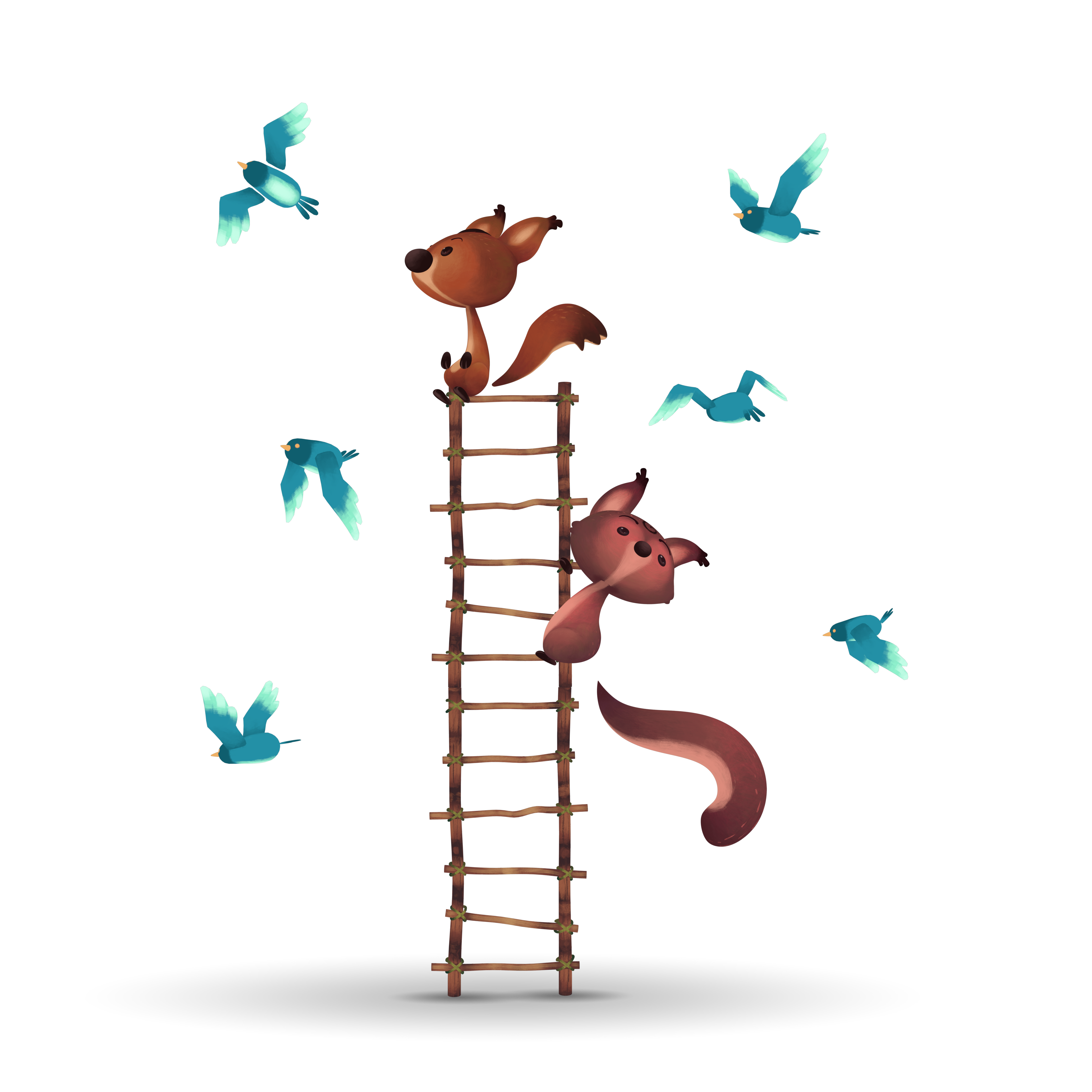
Master Owl, perched in a tree, watched the squirrels with gloomy eyes.
These are the characters in our story!
Léon
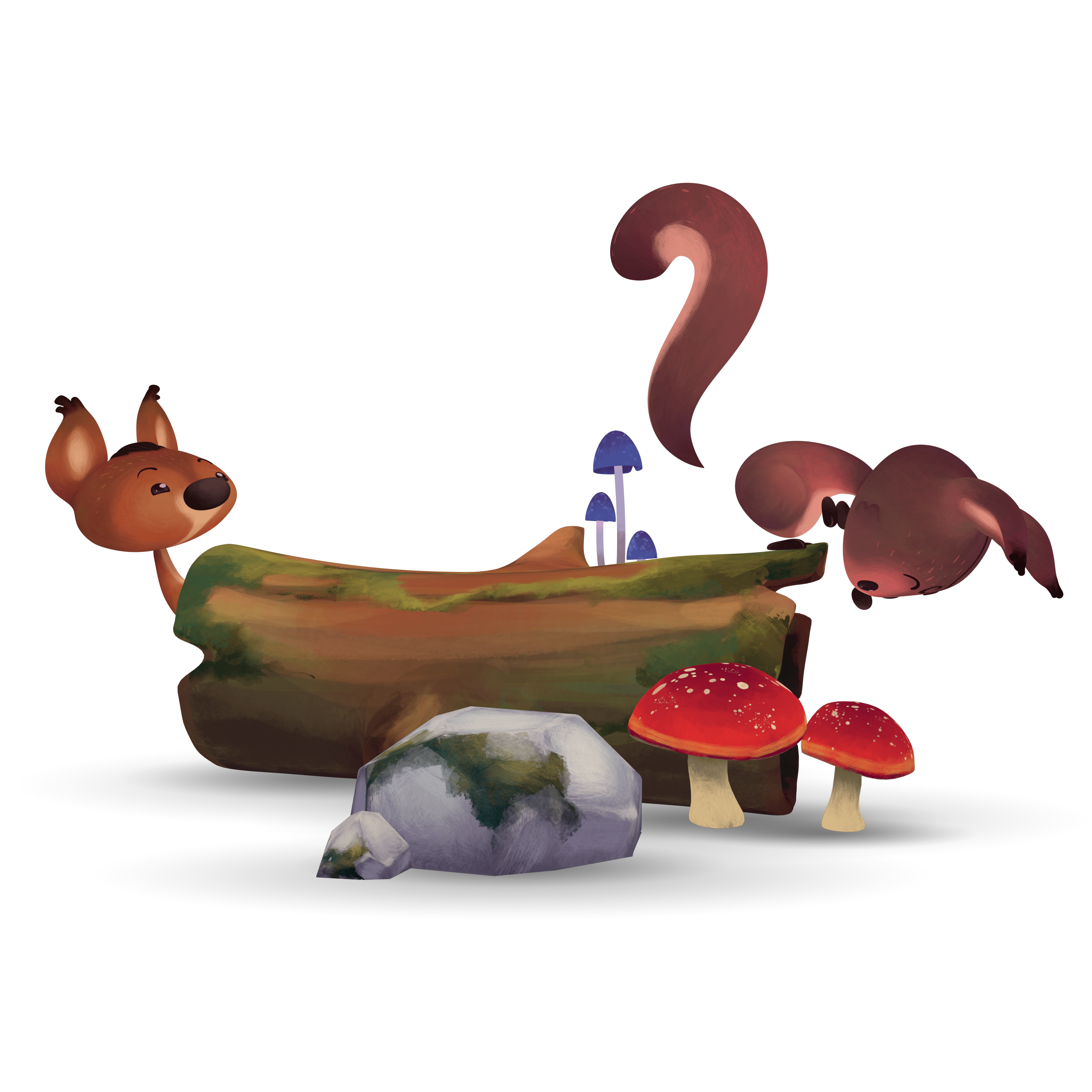
We’d like to say that Léon is the voice of wisdom, but that would be true if he were less ironic. Léon is a teasing owl who has no problem laughing at the failure of two poor squirrels. But don’t be fooled. Beneath his grumpy exterior, Léon is a patient and attentive owl. So he’s ready to welcome two rascals into his home to teach them everything he knows – and he knows a lot. This unexpected encounter is the start of a beautiful friendship.
Nino et Lili
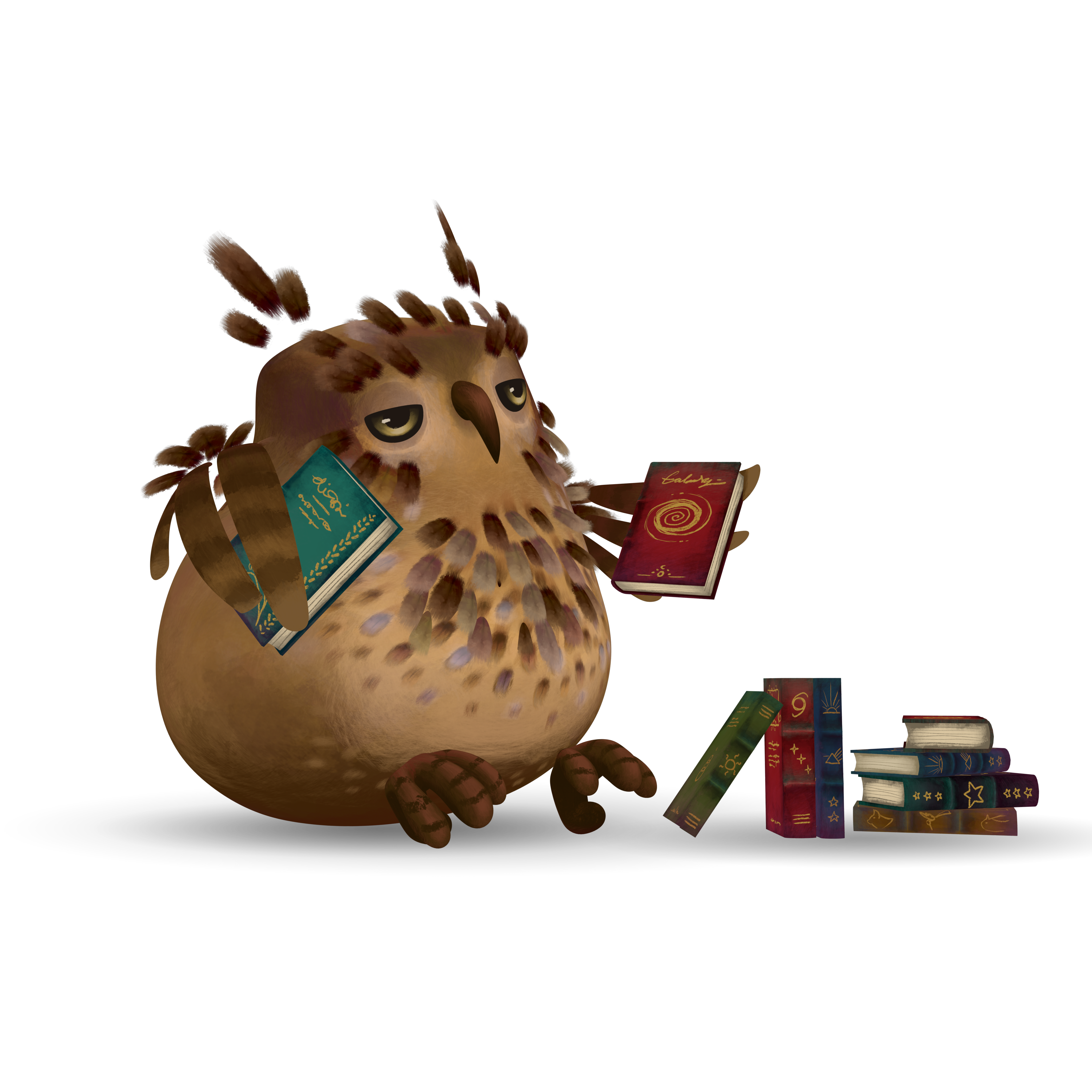
Nino and Lili are two young squirrels, brother and sister, who spend their time playing and nibbling nuts. It’s a carefree life full of play, at least until the day they decide to go and look for nuts in space. From then on, their excessive greed turns into a thirst for understanding and discovering what’s on the Moon and the other planets. Here are two characters that children will be able to identify with. Chirpy, intrepid and curious characters.
Teaching children about the living conditions on each planet
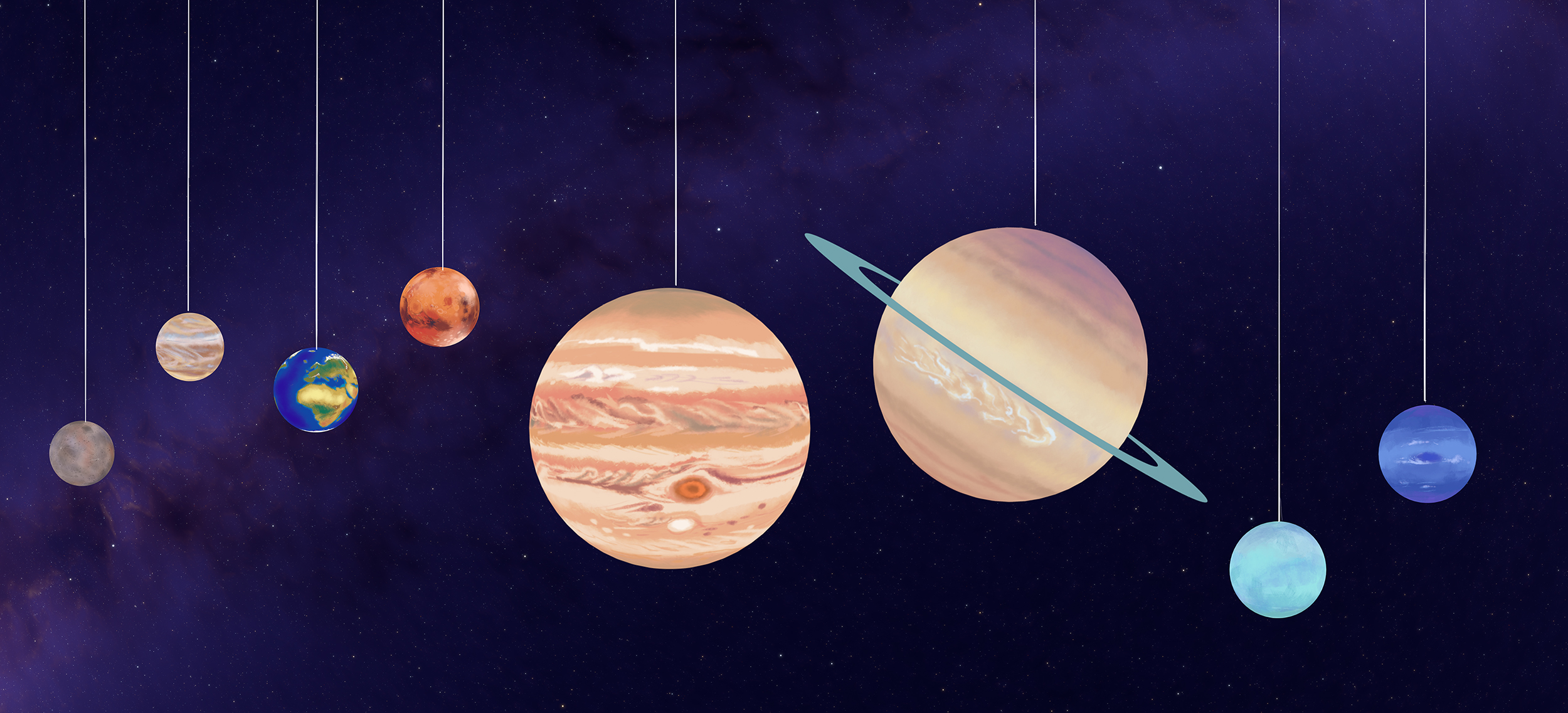
Teaching children about the living conditions on each planetWhat motivated Hazelnuts d’abord was the desire to speak to a younger audience than we are used to. Hazelnuts is aimed at 5-year-olds. Naturally, we had to adapt everything to this audience, starting with the subject.
Here we’re talking about the planets of the solar system, but from a different angle to that usually adopted in planetariums. No order of planets to remember, no period of revolution, just one thing: their climatic and physical conditions.
We’ve chosen this theme primarily because it allows us to bring astronomy down to earth in a way that children can easily understand. Showing that Mars is cold, Venus is hot and Jupiter has no soil is a gentle way of introducing children to astronomy, because every child knows what cold, hot and soil are. It’s also because it effectively serves an overall message about the film’s real subject: life.
Life, the subject of astronomy
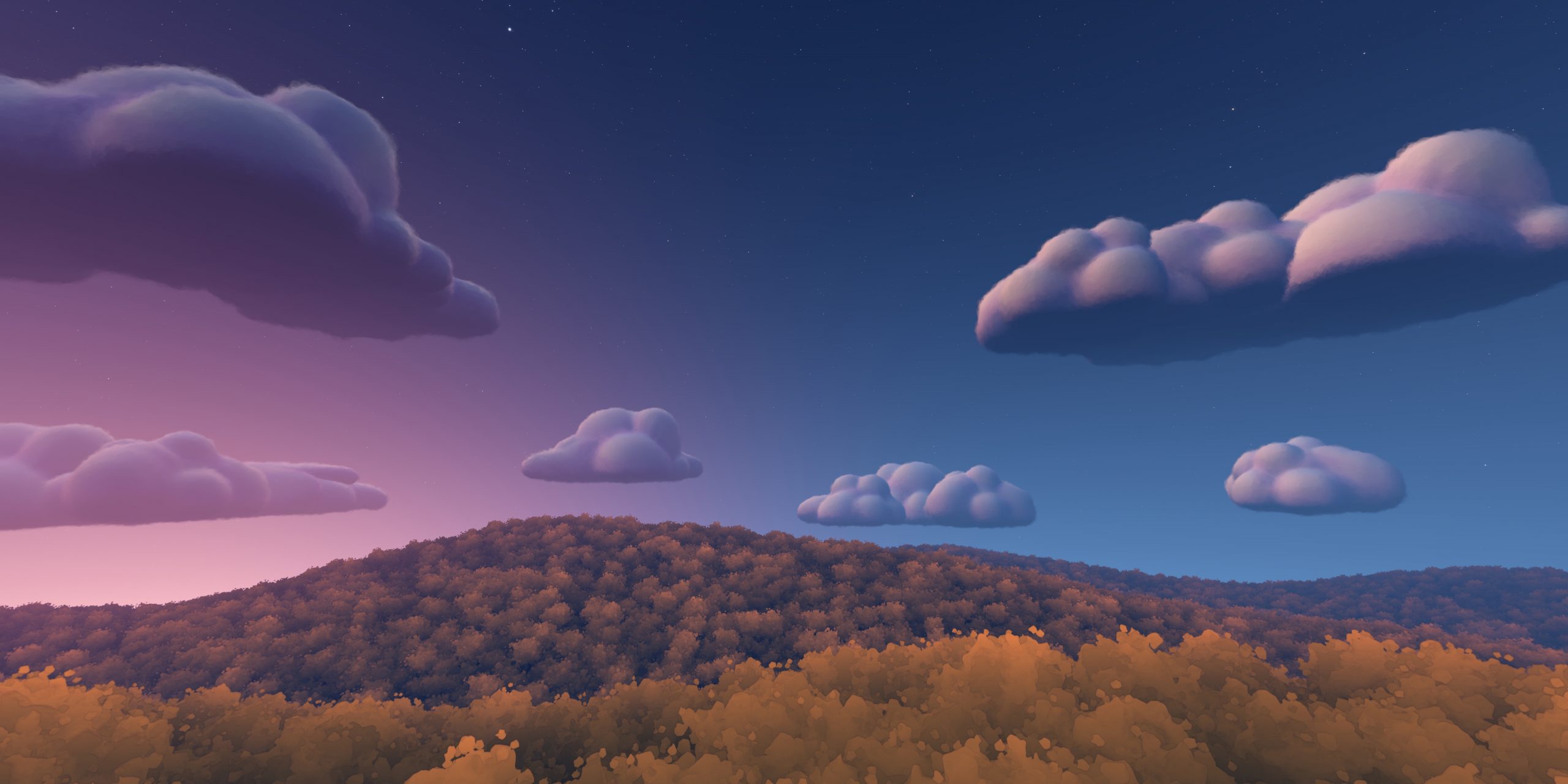
To talk about the living conditions on each planet is to talk about life itself. It’s about us, about the Earth, and about what is precious about it.
With Hazelnuts, we wanted to show that the question of life is not just a matter for biology, but also for astronomy. At the top of this question are important concepts such as the habitable zone, the atmosphere, the magnetosphere and atmospheric pressure. A set of criteria that are essential to life and that, to be properly understood, require a focus on space.
Indeed, it is by observing planets burnt by the sun that we understand that we are at a good distance from it. It is by seeing the effect of enormous atmospheric pressure that we understand the influence of our own. And it’s the power of the solar wind that reveals the effectiveness of the shield that protects us from it. In short, the hostility of other planets reveals the comfort of our own.
An illustrative style and borrowings from puppet theatre
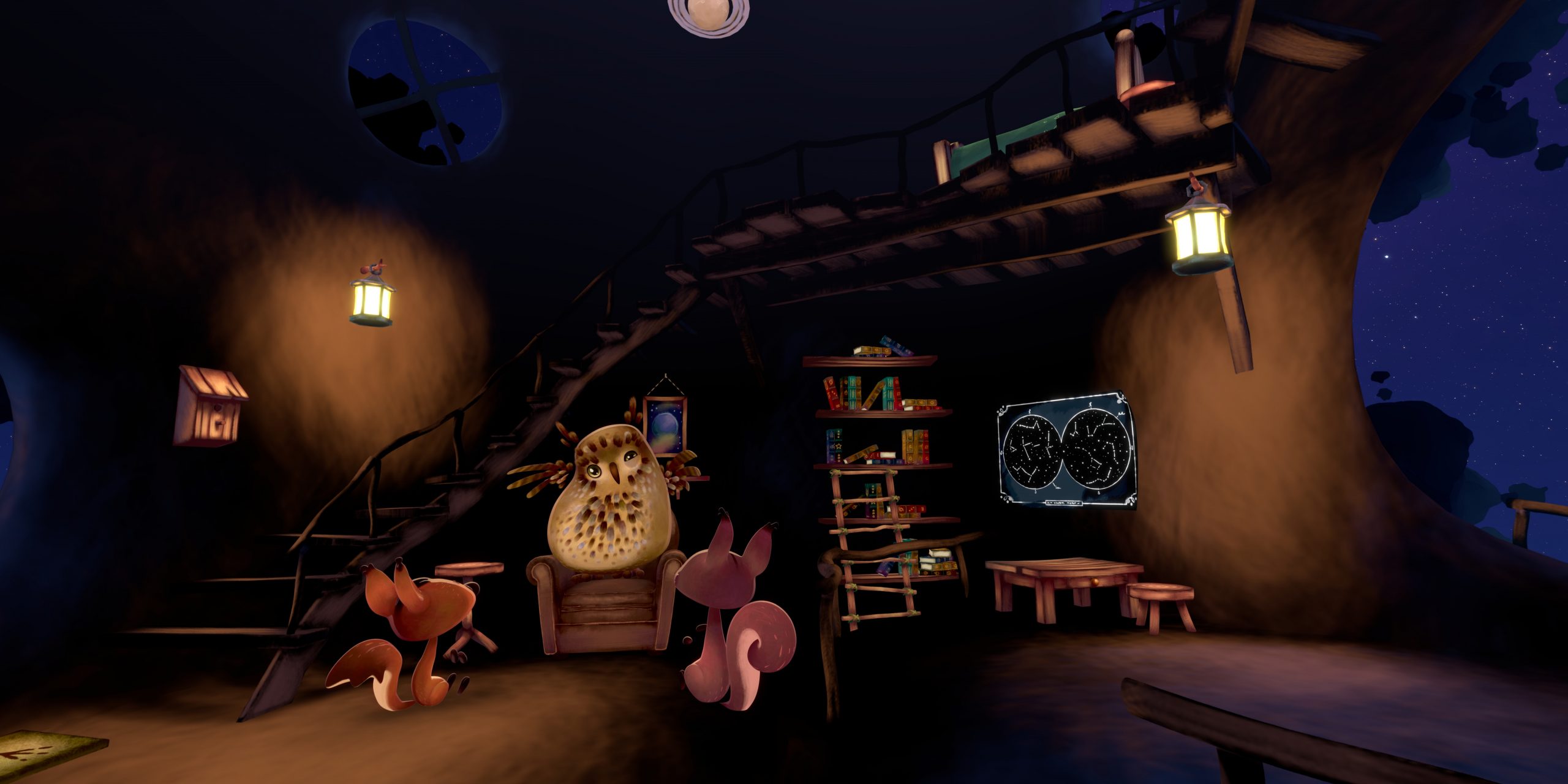
For the five-year-olds, we’ve opted for a style akin to illustration. Hand-painted textures that reveal the brushstrokes, warm, soothing colours and round character designs. Hazelnuts is a visually gentle show that leaves plenty of room for artistic expression. We’ve also borrowed from the special genre of puppet shows, a formula that’s close to the audience and cultivates an interesting form of interactivity when it comes to children. We wanted to apply this recipe to the planetarium film, so as to welcome young people with something close to what they already know.

The adventures we’ve devised and the characters we’ve written are very much based on theatre and storytelling. There are rehearsal gags that play on children’s expectations, including a hide-and-seek scene that invites them to react to warn a character. A motherly, complicit narrator reminiscent of public readings. And sets designed like little theatre scenes.
Hazelnuts is as intimate as a fairytale reading and as cheeky as a puppet show. What we wanted was to take children on a poetic adventure, while inviting them to laugh. It’s a particular mix that we wanted to reproduce in our show. But far from just involving the narrative, the Hazelnuts theatre approach also involves animating our characters.
A new animation method
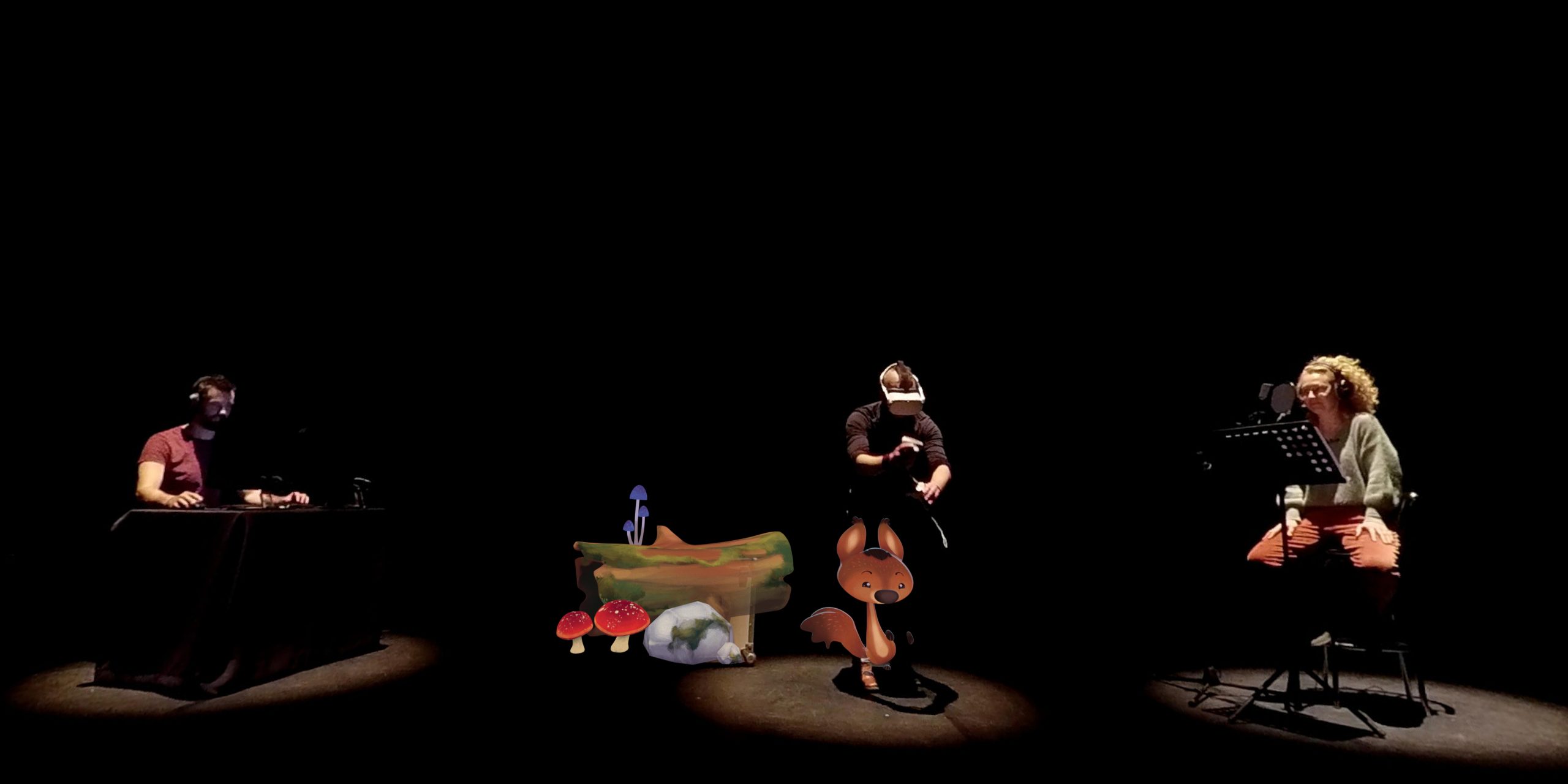
As we explained on our page dedicated to the show, Hazelnuts is based on a different kind of animation from our other films. The idea was to produce an animation that would be quick to produce, but that would also have a certain cachet and clearly demonstrate its particularity: that of reproducing the gesture of the puppeteer.
Let’s face it, this is handmade 3D animation with a unique rendering. Our two squirrels have no legs or arms, Leon is shaped like a potato, and yet they all move as if they were living stuffed animals. In fact, that’s how we could describe our method. We animated our characters as children would play with cuddly toys.
Let’s explain.
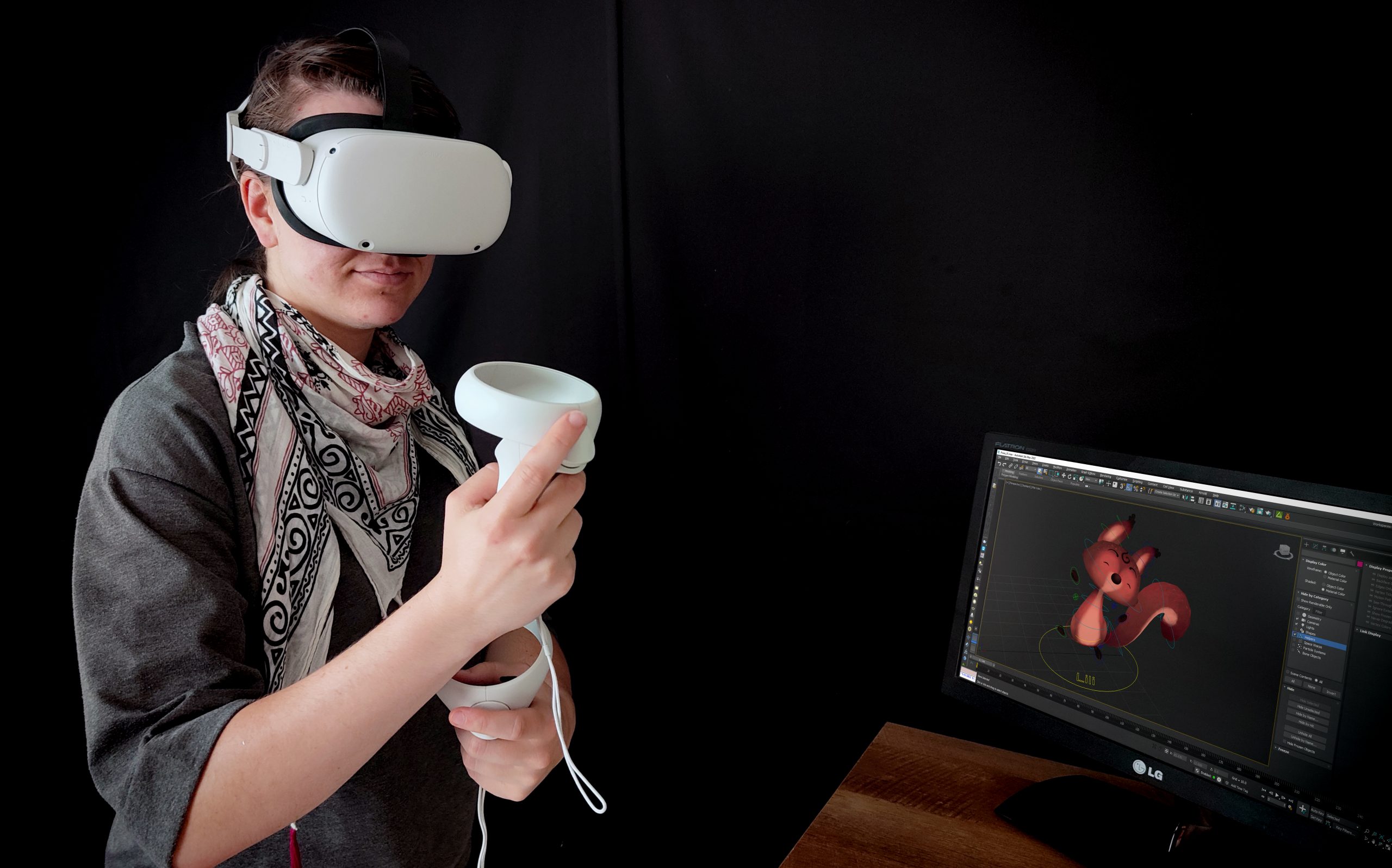
Instead of using a motion capture suit as usual, we used the Oculus peripherals – headset and controllers.
The controllers were diverted from their original purpose to become capture tools. In fact, we linked them (digitally) to our characters’ bodies. So when we moved the right joystick, it was our character’s head that followed, and when we moved the left, it was his backside.
As for the virtual reality headset, it allowed us to be immersed in the 3D scene. You have to imagine it like this: we were in the set, in the middle of the forest with one of our characters in our hands, like a puppeteer immersed in the fictional world of his puppet.
The main movements (head, body, movement) were captured in this way, as we moved around the scene and played with our characters, all in real time. And the finer movements (legs, eyes, ears, tail, expressions) were obtained afterwards using our classic computer techniques.
Initially, what interested us about this technique was the comfort of capture. Being able to hold our characters in your hands and gauge their movements immediately in the background is priceless. It’s ideal for an animator.
Then, of course, what motivated us was the animation itself. We wanted to create a movement that let you guess what the animator was doing. A movement that reproduced the restlessness of the puppet (perfect for two restless squirrels) but that still gave us a certain amount of control over each movement, something that only 3D animation allows. The result is unique. A bouncing movement that’s a little unreal, but very expressive.
Character design: round and soft as cuddly toys
Obviously, we owe this result not only to the capture, but also to the designs of our characters. The two are linked.
The shapes of Léon, Nino and Lili have been designed to produce certain movements. For example: the very slender bodies of our two squirrels stretch like elastic bands and create a fun malleable gesture. Or Léon’s thick body, supported by his little wings when he flies, creates a slightly clumsy movement that suits the character well.

Designs adapted to animation, but not only. By giving our characters simple geometric shapes, we wanted to do two things:
- Firstly, to respect the illustrative approach of the film. And we think we’ve succeeded. After all, we’re sometimes surprised ourselves at the extent to which certain shots in the film look like illustrations, when in fact they are 3D!
- Secondly, by adopting a cuddly toy look, ideal for attracting 5 year olds. Our squirrels may be mischievous and our owls grumpy, but we still want to cuddle them. Their pudgy, soft appearance is just the thing. Our real wish? That the children come away from the session wanting to hug Léon.
Data sheet
Duration: 25 min
Format: Fisheye
Versions :
- 4k
- 6k
- 8k
- 4k relief
- 6k relief
- 8k relief
TargetAudience: à partir de 5 ans
Language : en version anglaise et française
Exclusive Distributor : RSA Cosmos
